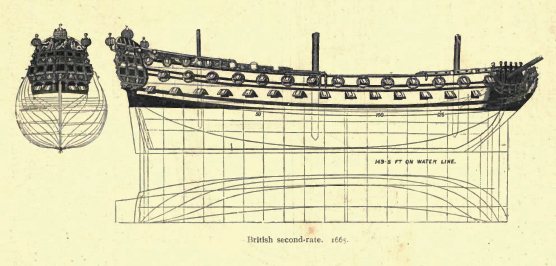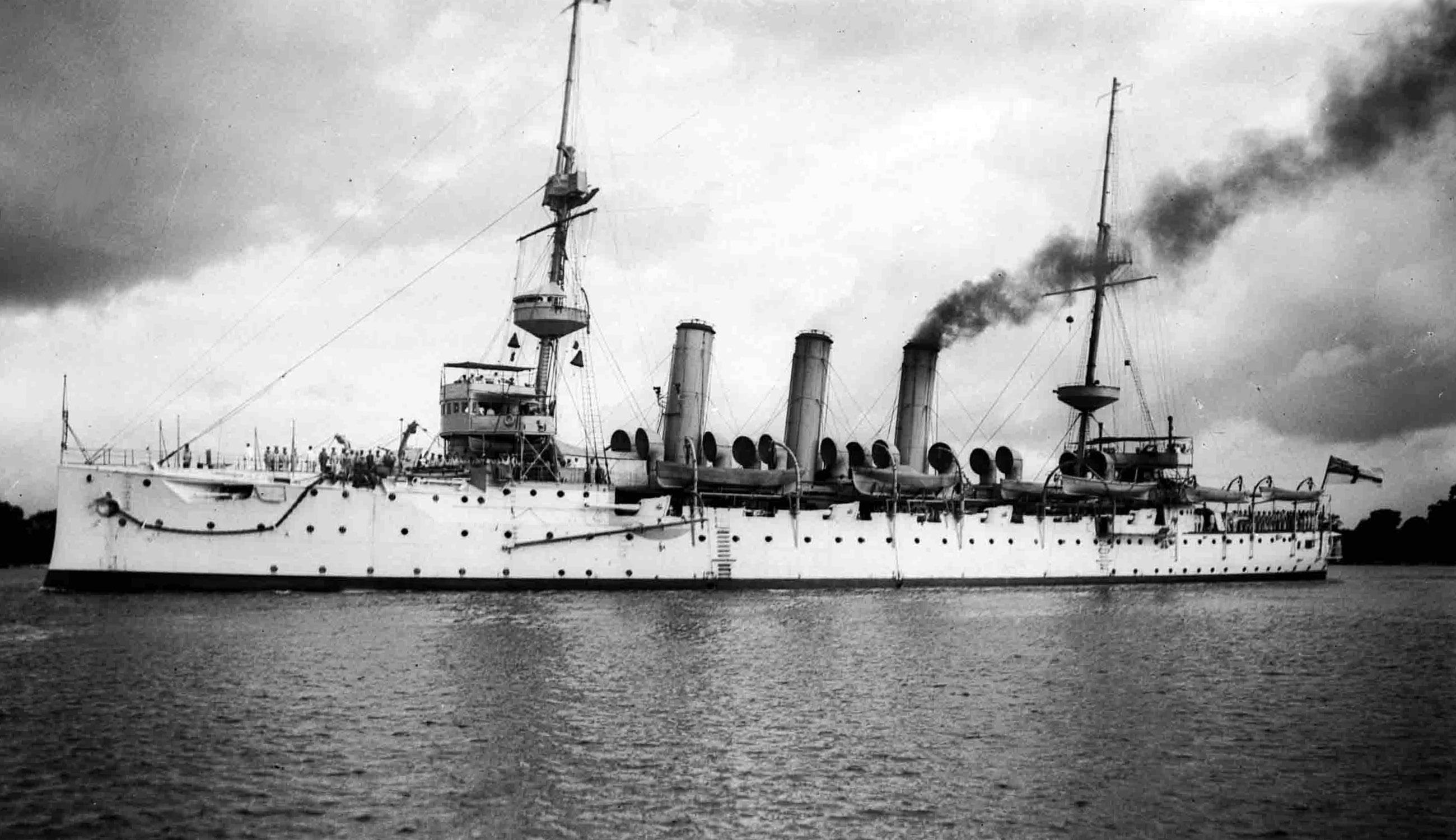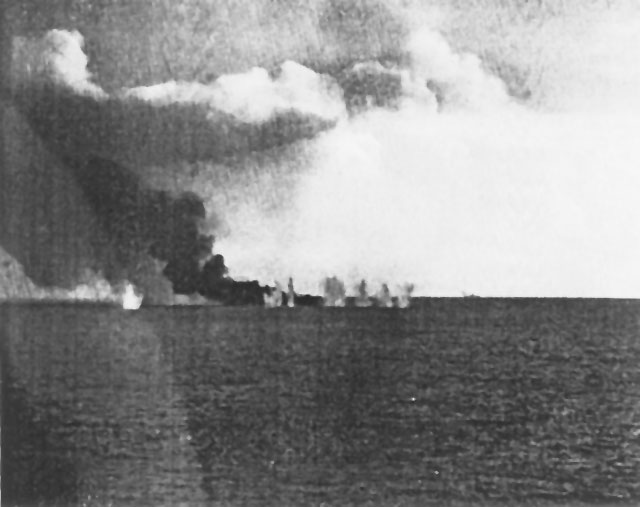|
HMS Empress
Four ships of the Royal Navy have borne the name HMS ''Empress'': * HMS ''Empress'' was previously the 91-gun screw powered second rate . She was renamed HMS ''Empress'' in 1891, on her conversion to a training ship. She was sold in 1923. * was a tender, transferred from the War Department in 1906. She was renamed HMS ''Heron'' later that year and was sold in 1923. * was a seaplane tender, originally launched as a merchant in 1907. She was requisitioned by the Navy between 1914 and 1919. * was an escort carrier, originally USS ''Carnegie''. She was transferred to the Royal Navy in 1943, and returned to the US Navy The United States Navy (USN) is the maritime service branch of the United States Armed Forces and one of the eight uniformed services of the United States. It is the largest and most powerful navy in the world, with the estimated tonnage ... in 1946. See also * was a storeship purchased in 1799 and sunk in 1804 as a breakwater. * was a launched in ... [...More Info...] [...Related Items...] OR: [Wikipedia] [Google] [Baidu] |
Royal Navy
The Royal Navy (RN) is the United Kingdom's naval warfare force. Although warships were used by Kingdom of England, English and Kingdom of Scotland, Scottish kings from the early medieval period, the first major maritime engagements were fought in the Hundred Years' War against Kingdom of France, France. The modern Royal Navy traces its origins to the early 16th century; the oldest of the British Armed Forces, UK's armed services, it is consequently known as the Senior Service. From the middle decades of the 17th century, and through the 18th century, the Royal Navy vied with the Dutch Navy and later with the French Navy for maritime supremacy. From the mid 18th century, it was the world's most powerful navy until the World War II, Second World War. The Royal Navy played a key part in establishing and defending the British Empire, and four Imperial fortress colonies and a string of imperial bases and coaling stations secured the Royal Navy's ability to assert naval superiority ... [...More Info...] [...Related Items...] OR: [Wikipedia] [Google] [Baidu] |
Second Rate
In the rating system of the Royal Navy used to categorise sailing warships, a second-rate was a ship of the line which by the start of the 18th century mounted 90 to 98 guns on three gun decks; earlier 17th-century second rates had fewer guns and were originally two-deckers or had only partially armed third gun decks. A "second rate" was the second largest class of warships in a hierarchical system of six "ratings" based on size and firepower. They were essentially smaller and hence cheaper versions of the three-decker first rates. Like the first rates, they fought in the line of battle, but unlike the first rates, which were considered too valuable to risk in distant stations, the second rates often served also in major overseas stations as flagships. They had a reputation for poor handling and slow sailing. They were popular as flagships of admirals commanding the Windward and/or Leeward Islands station, which was usually a Rear-admiral of the red. Rating Typically measu ... [...More Info...] [...Related Items...] OR: [Wikipedia] [Google] [Baidu] |
Training Ship
A training ship is a ship used to train students as sailors. The term is mostly used to describe ships employed by navies to train future officers. Essentially there are two types: those used for training at sea and old hulks used to house classrooms. The hands-on aspect provided by sail training has also been used as a platform for everything from semesters at sea for undergraduate oceanography and biology students, marine science and physical science for high school students, to character building for at-risk youths. Notable training ships Royal Navy * * * * * * * ''Cornwall'' * * * * * * '' Indefatigable'' * , including adjacent * * * * ''Mount Edgcumbe'' * * * '' Warspite'' (1877) * '' Warspite'' (1922) * * '' Wellesley'' * Other navies * Algerian Navy ** '' El-Mellah'' * Argentine Navy ** ** * Bangladesh Navy ** BNS ''Shaheed Ruhul Amin'' * Brazilian Navy ** ''Cisne Branco'' * Bulgarian Navy ** * Royal Canadian Navy ** (sail training) ** HMCS ... [...More Info...] [...Related Items...] OR: [Wikipedia] [Google] [Baidu] |
War Department (United Kingdom)
The War Department was the United Kingdom government department responsible for the supply of equipment to the armed forces of the United Kingdom and the pursuance of military activity. In 1857, it became the War Office. Within the War Office, the name 'War Department' remained in use to describe the military transport services of the War Department Fleet and the War Department Railways. History In 1794, the position of Secretary of State for War was created. The Secretary's department was at first unofficially known as the War Department. Colonial affairs were later added and it became the Colony Department. After the outbreak of war with revolutionary France it became Colony and War Department and on the restoration of peace in 1815 the Colonial Department. In February 1855, the offices of the Secretary of State for War, and Secretary at War were merged and the new department and became the War Department once again until 1857 when it became the War Office. In 1964, the dep ... [...More Info...] [...Related Items...] OR: [Wikipedia] [Google] [Baidu] |
Seaplane Tender
A seaplane tender is a boat or ship that supports the operation of seaplanes. Some of these vessels, known as seaplane carriers, could not only carry seaplanes but also provided all the facilities needed for their operation; these ships are regarded by some as the first aircraft carriers and appeared just before the First World War. Terminology In maritime parlance a tender is a vessel that is used to support the operation of other vessels. In British usage, the term tender was used for small craft, with the term depot ship being used for large seagoing vessels. Flying boats and float planes even when based at home in ports and harbour had a need for small support vessels to operate.p British tenders were small craft of launch to pinnace size. These were used to ferry crews, stores and supplies between shore and the aircraft, to maintain the buoys used to mark out "taxiways" and "runways" and to keep these clear of debris to prevent foreign object damage, and in the case o ... [...More Info...] [...Related Items...] OR: [Wikipedia] [Google] [Baidu] |
Escort Carrier
The escort carrier or escort aircraft carrier (U.S. hull classification symbol CVE), also called a "jeep carrier" or "baby flattop" in the United States Navy (USN) or "Woolworth Carrier" by the Royal Navy, was a small and slow type of aircraft carrier used by the Royal Navy, the United States Navy, the Imperial Japanese Navy and Imperial Japanese Army Air Force in World War II. They were typically half the length and a third the displacement of larger fleet carriers, slower, more-lightly armed and armored, and carried fewer planes. Escort carriers were most often built upon a commercial ship hull, so they were cheaper and could be built quickly. This was their principal advantage as they could be completed in greater numbers as a stop-gap when fleet carriers were scarce. However, the lack of protection made escort carriers particularly vulnerable, and several were sunk with great loss of life. The light carrier (U.S. hull classification symbol CVL) was a similar concept t ... [...More Info...] [...Related Items...] OR: [Wikipedia] [Google] [Baidu] |
US Navy
The United States Navy (USN) is the maritime service branch of the United States Armed Forces and one of the eight uniformed services of the United States. It is the largest and most powerful navy in the world, with the estimated tonnage of its active battle fleet alone exceeding the next 13 navies combined, including 11 allies or partner nations of the United States as of 2015. It has the highest combined battle fleet tonnage (4,635,628 tonnes as of 2019) and the world's largest aircraft carrier fleet, with eleven in service, two new carriers under construction, and five other carriers planned. With 336,978 personnel on active duty and 101,583 in the Ready Reserve, the United States Navy is the third largest of the United States military service branches in terms of personnel. It has 290 deployable combat vessels and more than 2,623 operational aircraft . The United States Navy traces its origins to the Continental Navy, which was established during the American R ... [...More Info...] [...Related Items...] OR: [Wikipedia] [Google] [Baidu] |
Breakwater (structure)
A breakwater is a permanent structure constructed at a coastal area to protect against tides, currents, waves, and storm surges. Part of a coastal management system, breakwaters are installed to minimize erosion, and to protect anchorages, helping isolate vessels within them from marine hazards such as prop washes and wind-driven waves. A breakwater, also known in some contexts as a jetty, may be connected to land or freestanding, and may contain a walkway or road for vehicle access. On beaches where longshore drift threatens the erosion of beach material, smaller structures on the beach, usually perpendicular to the water's edge, may be installed. Their action on waves and current is intended to slow the longshore drift and discourage mobilisation of beach material. In this usage they are more usually referred to as groynes. Purposes Breakwaters reduce the intensity of wave action in inshore waters and thereby provide safe harbourage. Breakwaters may also be small stru ... [...More Info...] [...Related Items...] OR: [Wikipedia] [Google] [Baidu] |

.jpg)



